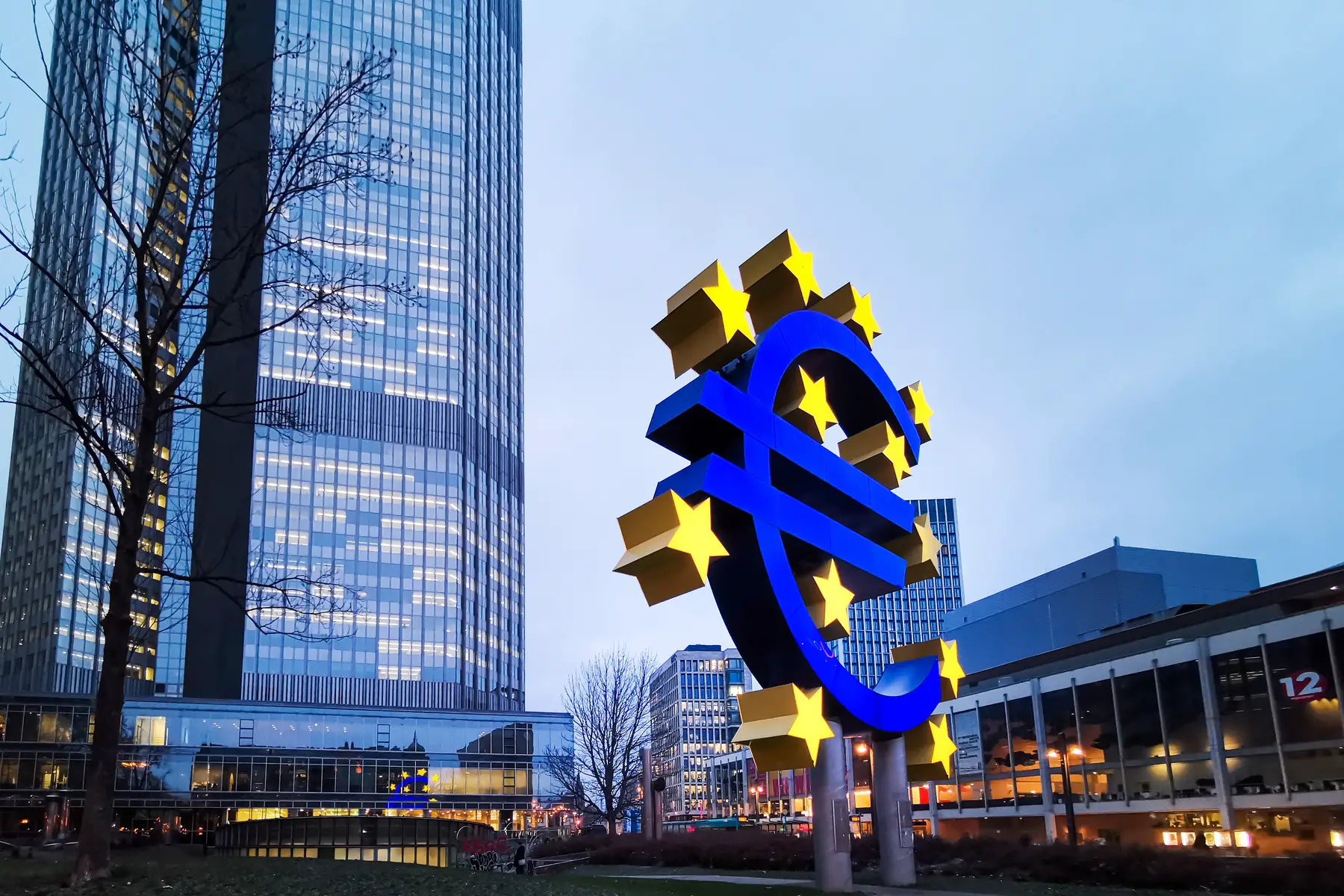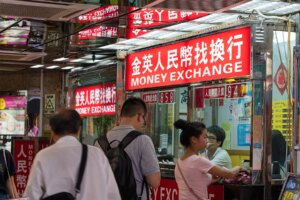Thomas and Karen are a married couple who have both been working internationally for 15 years. The 40-somethings, who are currently living and working in the Netherlands, would like to invest some of their savings but are not quite sure what to do.
They have a sum of €100,000 in their savings account and do not need this money in the short term. Interest rates are very low and it doesn’t look likely that they will rise in the near future. They would like this capital to work harder for them. Considering they both harbor hopes of retiring to France, they want to invest for the longer term.
Thinking ahead
First, they should be clear about how much they can set aside for investing money. If they decide to keep €20,000 on deposit, this can serve as their emergency fund. Thus, for this example, €80,000 can be invested.
Second, they need to be clear about their risk profile. Understanding the relationship between risk and reward is fundamental to making sound investment decisions.

In order for capital to produce a return that is potentially higher than cash over the medium- to long-term, investors need to accept that the value of their capital may fluctuate and can be volatile. The eventual portfolio should, therefore, match the investor’s risk profile, usually measured from cautious at the lower end of the scale, balanced, and then adventurous at the higher end. If you are at all unclear about this, then you should seek help from a licensed adviser.
Third, they should consider how best to access the wide range of investments available to them. There is a vast array of asset types they can use, including: collective investment funds (e.g., mutual funds, unit trusts, OEICs, ETFs), direct stocks and shares, fixed-interest bonds (e.g., corporate or government bonds), property funds, commodities, and cryptocurrencies.
These can be accessed either directly or through a stockbroker. However, this can be difficult to arrange, especially when you are living abroad or you want to hold offshore investments. Unless you are an experienced investor (and very good at administration), it can all prove a bit of a headache.
Investing money with portfolio bonds
In many cases, using a portfolio bond can be a great solution. This is simply an administrative wrapper, and something which many investors use to hold a variety of assets in one account. From these wrappers, an investor can normally access any authorized and listed asset: for example, any listed mutual fund/unit trust, ETF, tracker, company shares, or property funds. International insurance companies usually administer them and they provide online access to view your account at any time.

Other advantages of portfolio wrappers include the low cost of administration and tax efficiency. Normally, you can access assets at no initial charge. Tax implications are of course dependent upon where you are a tax resident. Professional advice is necessary when it comes to taxation issues, however.
Considering that Thomas and Karen are planning to move to France, they could use a portfolio bond with assurance-vie status (many investments are not). This means they can benefit enormously from beneficial tax treatment (i.e., little or no tax on the growth) when they actually go to use the money in France.
Regulation is also important: in most cases, an EU-based provider is most suitable. For these reasons, choosing the correct administrative wrapper is very important.
What assets you should be investing money in
So, once they have carefully selected the most efficient platform for their capital, what assets do they actually invest in?
Diversification is the golden rule here. Make sure that you do not end up with all eggs in one basket! This all depends on your risk profile. However, exposure to each of the main asset classes could be the smartest way to go when it comes to investing money.
Capital-protected plan
Having decided to use a portfolio bond, Thomas and Karen decide to split the money between a 100% capital-protected plan and some actively managed funds.
Using special terms, one plan offers a guaranteed return of +7.12% after one year on half of the invested capital. The other half is returned after five years with a return linked to the relevant market index, and a minimum return of +8.15%.
Liquidity is also an important issue. For this reason, it is worth considering that the remainder of the investment (about 70 percent) is in daily tradable, liquid funds (i.e., not tied-up), and is invested in a mixture of the following types of funds:
Multi-asset funds
Multi-asset funds are a popular option for investors. Experienced asset managers actively oversee these funds on a daily basis. They can offer access to all asset classes within a single fund. Their job is to capture capital growth while also protecting investors when markets suffer a severe downturn. Some fund managers have a great track record of doing this, including Carmignac, HSBC, and Jupiter.
Equities (shares)
Many blue-chip companies pay dividends of between 4–5%. This is higher than current interest rates and can be re-invested for capital growth. Shares should be globally diversified, with exposure to both emerging markets (e.g., Asia, Latin America) as well as developed markets (e.g., United States, Eurozone).
Fixed-interest bonds
Fixed-interest bonds include government bonds and corporate bonds. Again, emerging market debt funds (with exposure to local currencies) can also be considered.
Commodities
Commodities can be assets such as gold and other precious metals. You can also have access to other soft commodities, such as wheat and livestock.
Property
Collective property funds or property-related shares can be placed within the bond.
Reviewing your investment portfolio on a regular basis
It is important that you regularly review the portfolio. One of the reasons why people do not get the most from their finances is the lack of regular attention paid to their arrangements. Consider using a regulated, independent adviser who should offer regular reviews as part of their ongoing service.





